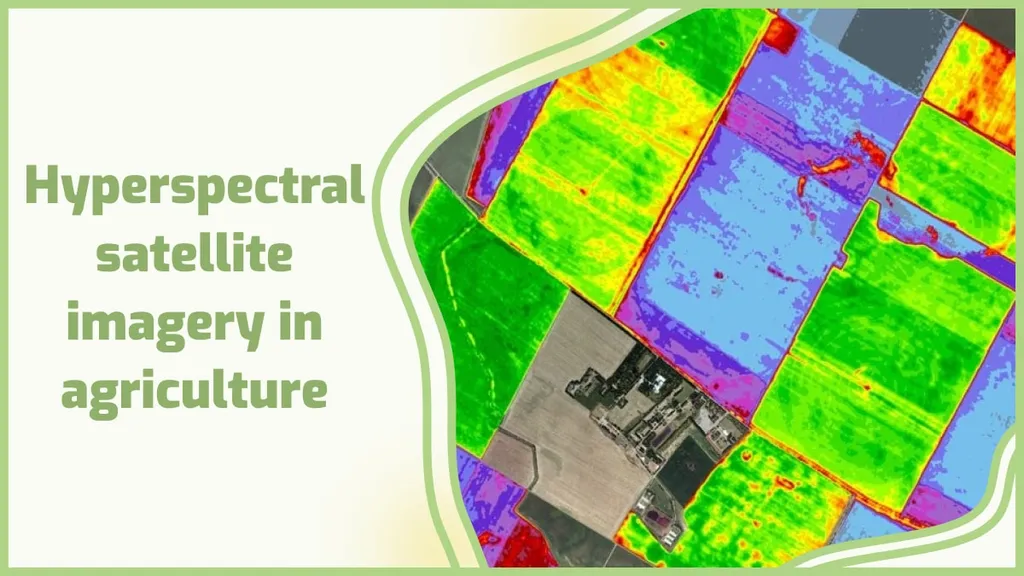Researchers at the Fraunhofer Institute for Applied Optics and Precision Engineering IOF, in collaboration with Airbus, have developed a groundbreaking hyperspectral spectrometer as part of the “Rainbow” project. This innovative technology is set to revolutionize agriculture by enabling the creation of digital field maps that can be used for precise, location-specific measures. The system will be showcased at the Space Tech Expo in Bremen from November 18 to 20.
The spectrometer, designed for small-batch production, achieves a spatial resolution of less than 20 meters in the spectral range between 400 and 1700 nanometers. Despite its miniaturization, the system maintains consistently high image quality, making it a promising tool for Earth observation and smart farming. The spectrometer-on-chip concept allows for efficient adaptation of the spectral channels required for various applications, thanks to selectively applied filters. This results in a compact, lightweight, and cost-effective system that ensures consistent measurement quality.
At the heart of the system is a Ritchey-Chrétien telescope, which produces precise images using two aspherical mirrors. The telescope’s design and implementation were carried out by the researchers at Fraunhofer IOF, who also developed the integration concept and manufactured the metal optics. The specially adapted gradient filter, manufactured at the Fraunhofer Institute for Surface Engineering and Thin Films IST, enables precise adjustment of optical properties, allowing for accurate detection of different wavelengths.
The spectrometer breaks down incoming light into narrow wavelength bands, revealing subtle differences in vegetation and soil structure that conventional cameras cannot detect. This data can be processed into digital maps, providing valuable information about moisture, nutrient content, and signs of disease in plants. This enables farmers to manage their agricultural land more precisely and efficiently, ultimately promoting sustainable resource use.
In addition to its agricultural applications, the technology also addresses sustainability in space. The metal-optical systems used in the Rainbow project support the efforts of the European Union and ESA to avoid creating additional space debris. These optics burn up completely upon re-entry, leaving no residue in orbit.
The development of this hyperspectral spectrometer represents a significant step forward in the integration of Earth observation and data-based analysis in agriculture. By providing precise and actionable information, this technology has the potential to transform the way farmers manage their crops, ultimately contributing to more sustainable and efficient agricultural practices.

